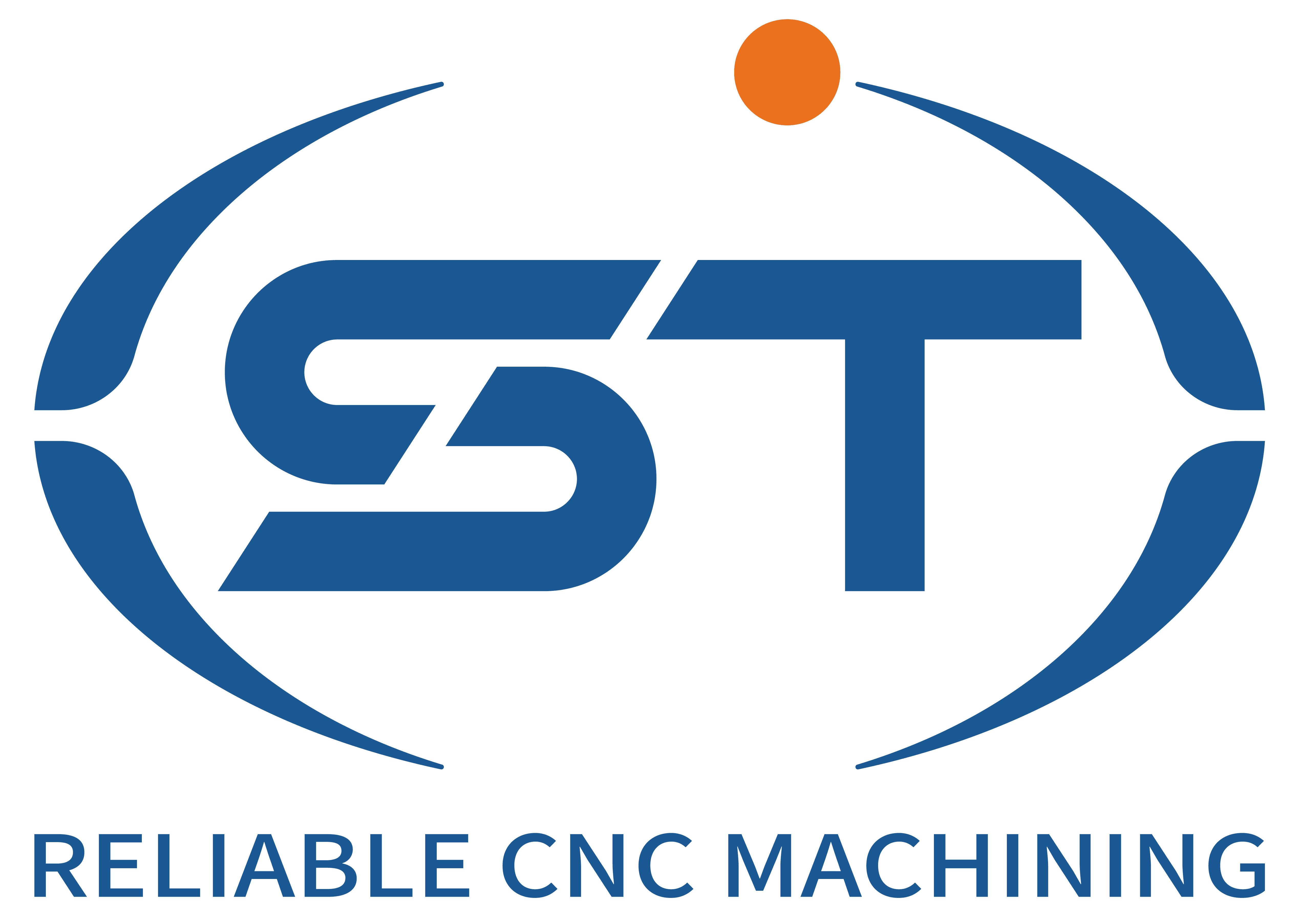Emerging Technological Trends in CNC Machining for Future Automotive Components
The automotive industry’s shift toward electrification, sustainability, and smart manufacturing is reshaping CNC machining technologies. As automakers demand lighter, more durable components with tighter tolerances, CNC processes are evolving to integrate advanced materials, automation, and data-driven optimization. These innovations aim to reduce production costs, enhance precision, and minimize environmental impact while meeting the demands of next-generation vehicles. Below are key trends defining the future of automotive CNC machining.
1. Hybrid Additive-Subtractive Manufacturing for Complex Geometries
- Integration of 3D Printing and CNC Milling: Future CNC machines will combine additive manufacturing (AM) layers with subtractive precision to produce components like lightweight lattice structures for EV battery trays or optimized cooling channels in electric motor housings. This hybrid approach reduces material waste by building parts layer-by-layer before refining surfaces with CNC milling, enabling geometries impossible to achieve through traditional methods alone.
- In-Situ Quality Control During Hybrid Processes: Advanced sensors embedded in hybrid machines will monitor parameters like thermal stress or layer adhesion during the printing of titanium alloy suspension components or aluminum-composite brake calipers. Real-time feedback loops adjust CNC cutting paths dynamically to correct defects, ensuring parts meet specifications without post-processing scrap.
- Scalability for High-Volume Production: While AM is often associated with low-volume prototyping, next-gen hybrid systems will incorporate modular tool heads and automated pallet changers to switch between additive and subtractive modes rapidly. This adaptability allows manufacturers to machine components like CFRP chassis parts or magnesium alloy engine blocks at scales comparable to traditional CNC operations, bridging the gap between prototyping and mass production.
2. AI-Driven Process Optimization and Predictive Maintenance
- Machine Learning for Tool Path Generation: AI algorithms will analyze CAD models of components like stator cores or fuel injector nozzles to generate optimal CNC tool paths automatically. By factoring in material properties, machine capabilities, and historical performance data, these systems reduce programming time by up to 50% while improving surface finish and tool life during operations like high-speed milling of stainless steel exhaust manifolds.
- Predictive Analytics for Equipment Failure: IoT-enabled CNC machines will use AI to predict spindle or ballscrew failures by analyzing vibration patterns, temperature fluctuations, and load variations during the machining of components like aluminum wheel hubs or steel driveshafts. Early warnings enable proactive maintenance, minimizing unplanned downtime and extending equipment lifespan by 20–30%.
- Self-Optimizing Cutting Parameters: Real-time AI adjusts spindle speed, feed rate, and coolant flow based on sensor feedback during operations like drilling cast iron differential cases or turning titanium valve stems. This dynamic optimization reduces cycle times by 15–20% while maintaining dimensional accuracy, even when processing varying material batches or ambient conditions.
3. Advanced Material Machining for Lightweight and Sustainable Components
- Ultra-High-Speed Machining (UHSM) of Composites: As automakers adopt CFRP and glass-fiber-reinforced polymers (GFRP) for body panels or interior parts, CNC machines will incorporate diamond-coated tools and cryogenic cooling to machine these materials at speeds exceeding 10,000 RPM. UHSM reduces delamination and fiber pullout, enabling precise fabrication of components like EV battery enclosure covers or lightweight door modules.
- Cryogenic Machining of Heat-Resistant Alloys: To produce components for high-temperature EV powertrains, such as turbocharger housings or electric motor rotors, cryogenic systems will flood cutting zones with liquid nitrogen or carbon dioxide during machining of nickel-based superalloys or titanium alloys. This technique increases tool hardness and reduces thermal deformation, extending tool life by 3–5 times compared to conventional cooling methods.
- Biodegradable Coolant Alternatives: Sustainable machining practices will drive the adoption of plant-based or water-soluble coolants for operations like milling aluminum engine blocks or grinding steel gears. These coolants minimize hazardous waste disposal and improve workplace air quality by reducing volatile organic compound (VOC) emissions, aligning with global environmental regulations.
4. Collaborative Robotics and Human-Machine Interaction
- Cobots for Precision Material Handling: Collaborative robots (cobots) equipped with force-sensing grippers will automate the loading of delicate components like machined glass for EV head-up displays or polished aluminum interior trim. Unlike traditional industrial robots, cobots work safely alongside human operators, handling tasks that require dexterity, such as placing small parts into fixtures for CNC drilling or deburring.
- Augmented Reality (AR) for Operator Assistance: AR headsets will overlay digital instructions onto CNC machines, guiding operators through setup changes or troubleshooting procedures for complex components like multi-material hybrid gears or laser-welded battery modules. This reduces training time and errors, enabling less experienced workers to manage high-precision tasks efficiently.
- Haptic Feedback for Tactile Control: Force-feedback gloves or exoskeletons will allow operators to “feel” virtual tool paths or material resistance during remote CNC programming or simulation. This technology enhances program accuracy for intricate components like micro-drilled fuel injector nozzles or etched semiconductor substrates for automotive electronics, bridging the gap between digital design and physical execution.
5. Digital Twins and Virtual Commissioning for Rapid Prototyping
- End-to-End Virtual Replication of Machining Processes: Digital twins will simulate every stage of CNC production, from raw material loading to final inspection, for components like EV battery cooling plates or lightweight suspension arms. By testing tool paths, clamping strategies, and machine dynamics in a virtual environment, manufacturers identify potential issues before physical production, cutting development cycles by 40–60%.
- Cloud-Based Collaboration Platforms: Global teams will use cloud platforms to share digital twin models of CNC-machined components, enabling real-time collaboration between designers in Europe, machinists in Asia, and quality engineers in North America. This streamlines revisions for components like 5G-enabled automotive antennas or AI-powered sensor housings, ensuring all stakeholders work from the latest data.
- Automated Validation Against Design Specifications: Digital twins will integrate with AI-powered inspection systems to compare machined components like aluminum cylinder heads or steel crankshafts against CAD models automatically. Deviations beyond tolerance thresholds trigger alerts for immediate corrective action, reducing scrap rates and ensuring first-article quality in high-mix production environments.
The future of automotive CNC machining will be defined by its ability to merge precision, sustainability, and intelligence. By embracing hybrid manufacturing, AI-driven optimization, and advanced materials, the industry can meet the evolving demands of electrified, connected, and autonomous vehicles while reducing its environmental footprint. These trends not only enhance operational efficiency but also position CNC machining as a cornerstone of innovation in the automotive sector.




